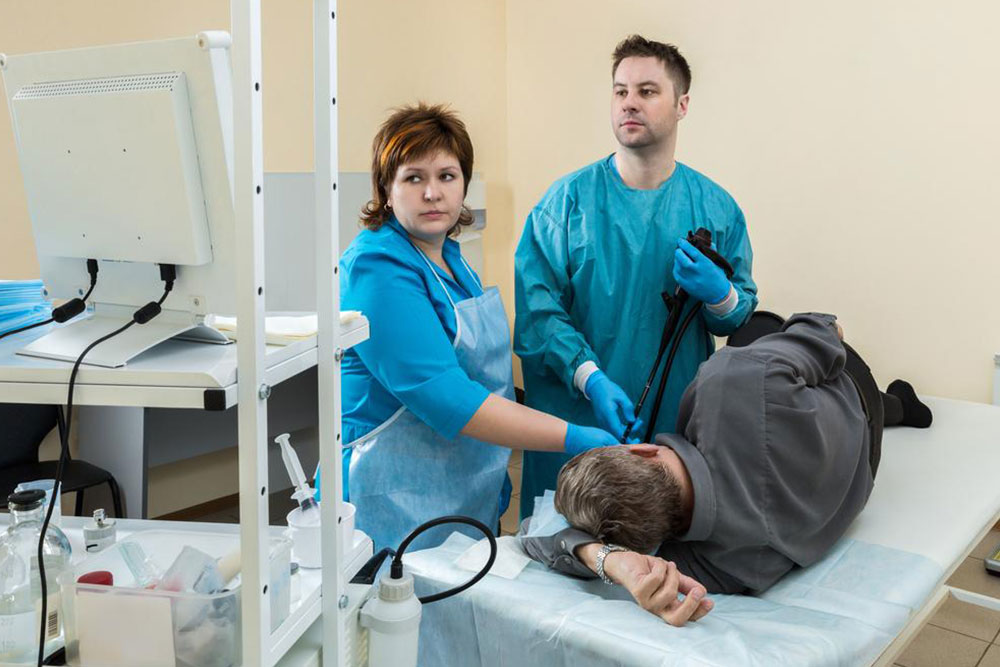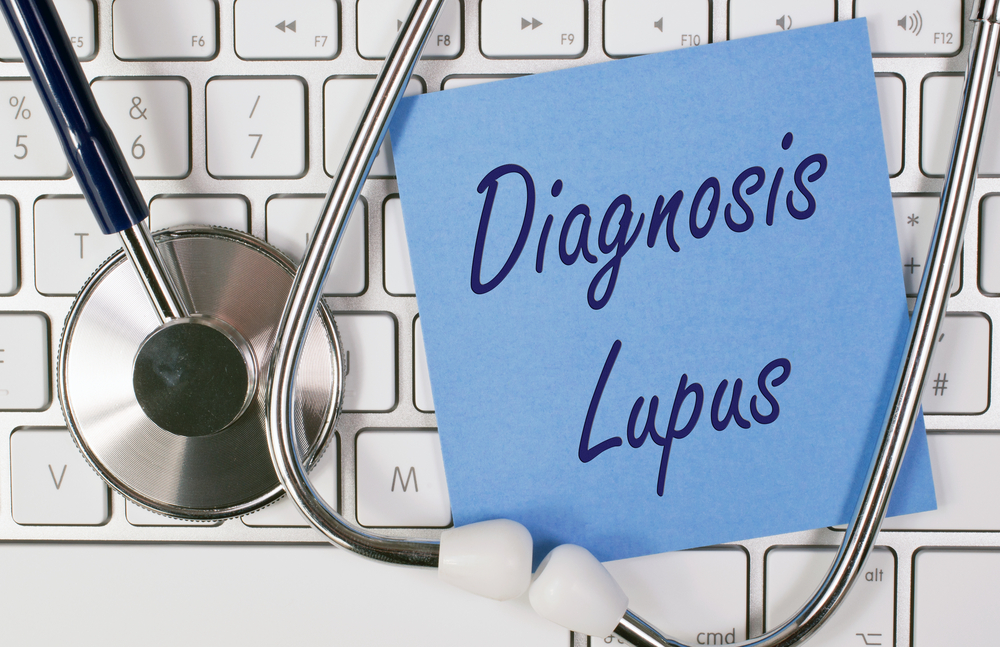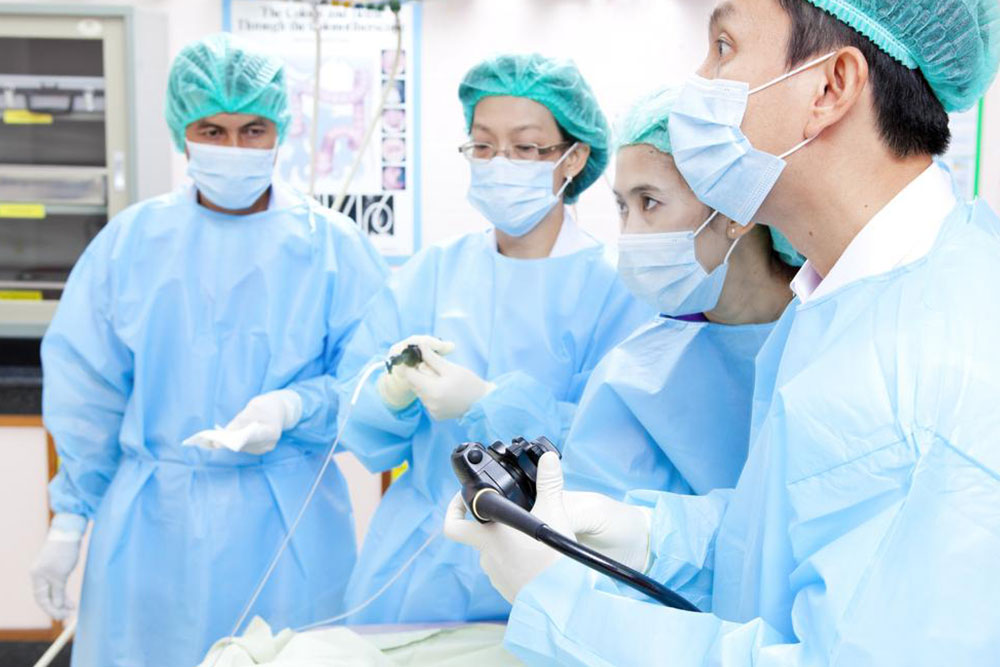Comprehensive Guide to Endoscopy: Procedures and Diagnostic Uses
Learn about endoscopy, a minimally invasive diagnostic procedure that allows doctors to view and treat internal organs without large incisions. It detects issues like bleeding, polyps, and tumors, aiding accurate diagnosis and treatment. The article explains the procedure, preparation steps, and importance in managing gastrointestinal conditions. Ideal for patients seeking a clear understanding of endoscopy's role in medical diagnostics.

Comprehensive Guide to Endoscopy: Procedures and Diagnostic Uses
Endoscopy is a minimally invasive diagnostic and surgical technique that utilizes specialized instruments equipped with a camera and light to visualize internal organs without large incisions. This procedure enables healthcare providers to examine parts of the digestive system, identify sources of symptoms like pain, nausea, heartburn, bleeding, or swallowing issues. It also assists in detecting conditions such as inflammation, ulcers, tumors, and polyps.
Typically performed on an outpatient basis, upper endoscopy is crucial for diagnosing and managing upper gastrointestinal problems. Compared to X-rays, endoscopy provides clearer images, making it easier to identify both benign and malignant growths.
Common abnormalities detectable via endoscopy include:
Foreign objects lodged in the esophagus, stomach, or digestive tract
Bleeding sources like ulcers or tumors
Growths such as polyps within the stomach lining
Biopsies to collect tissue samples for diagnosis
Why an Endoscopy is Needed
This procedure helps to examine internal organs directly, giving precise insights into potential issues.
The endoscope, equipped with a camera light, is inserted through a natural opening like the mouth or a small incision, allowing detailed visualization of internal structures. When suspicious tissue is found, small samples can be taken for further analysis.
Prior to the procedure, patients receive instructions, including fasting typically for 12 hours. Pre-procedure laxatives or enemas may be prescribed to ensure clarity. Informing your healthcare provider about your medical history, medications, and allergies is essential for a smooth process.
The endoscope’s camera displays real-time images on a monitor, aiding diagnosis. Based on findings, tissue biopsies may be performed. Blood tests and physical exams help determine if less invasive treatments are possible or if surgery is required. Following the guidance provided before the procedure ensures safety and effectiveness.
Note: The information shared on this platform is for educational purposes and should not replace medical advice. Consult your healthcare provider for personalized guidance.









